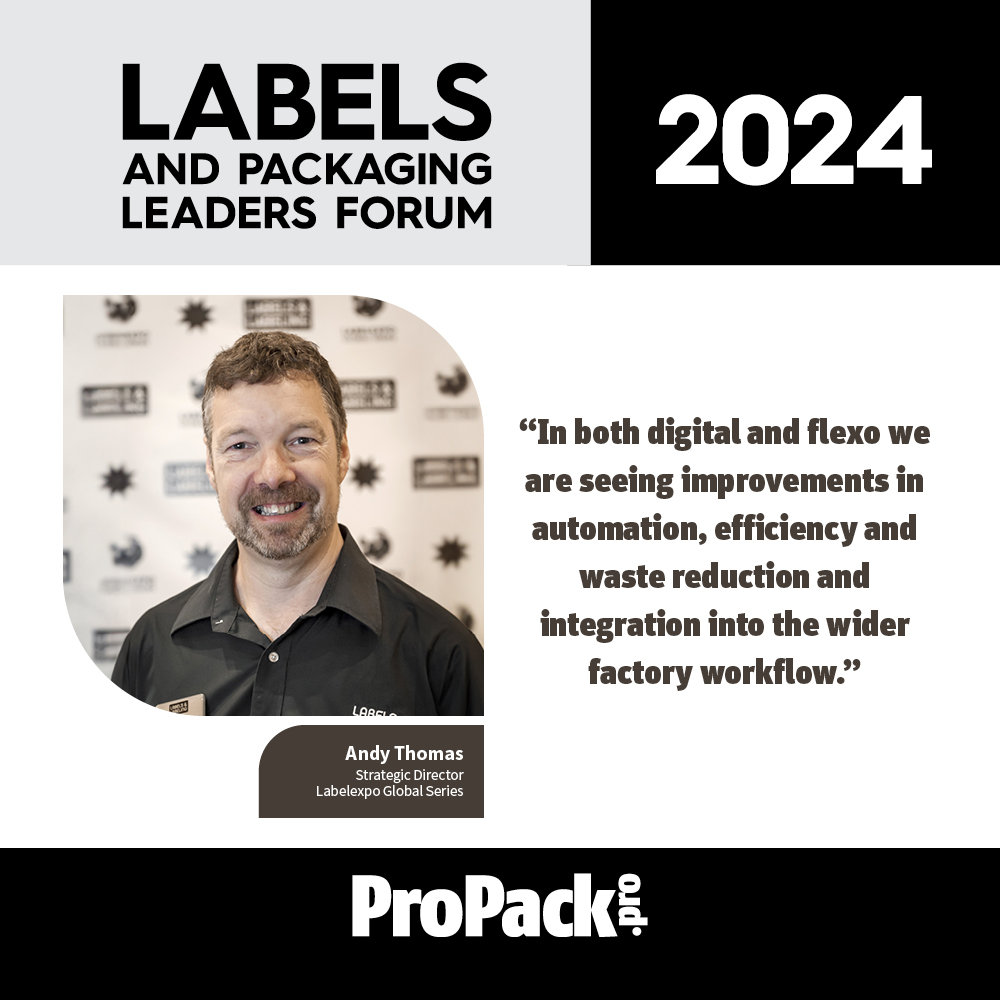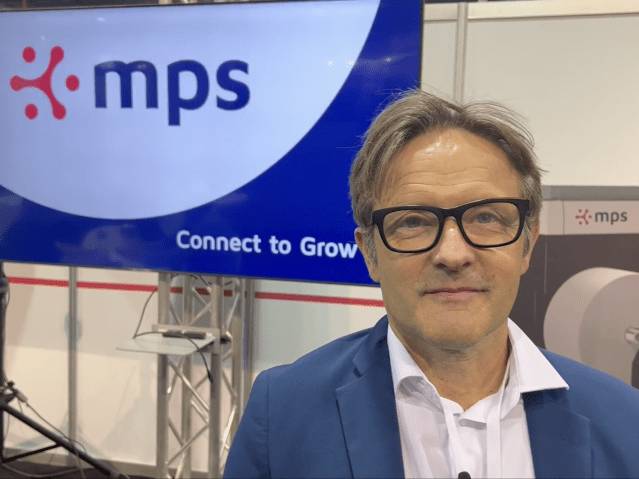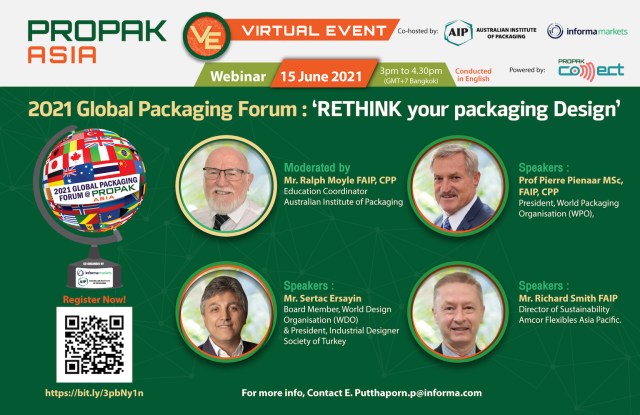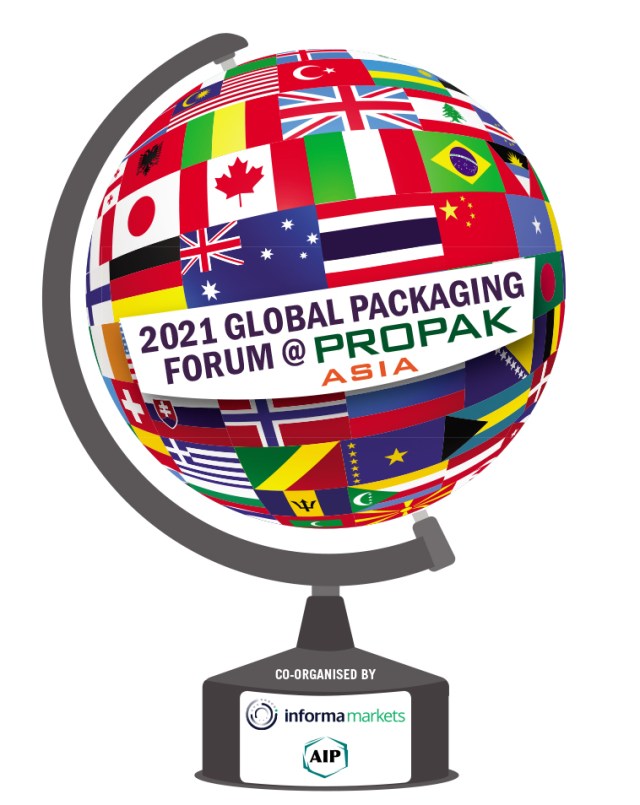
One of the key developments at Labelexpo Europe 2023 was that mid-web flexo presses – which used to be seen as quite specialist – have become a mainstream technology for label converters. The show was a flexo bonanza. Nilpeter sold multiple wider FA-26 machines, as did Lombardi with its 670mm (26in) Invicta machine.
The arrival of private equity and the formation of bigger label and package printing groups means converters have more resources to invest in this higher-specification machinery.
The wider format enables the printing of not only flexible packaging but also in-mold labels, shrink sleeves, and other packaging products which require wider web widths to avoid waste with larger packaging formats. These wider presses really allow label converters to enter these new markets.
Another major trend seen at Labelexpo Europe is adding digital modules to new or existing conventional presses, creating new types of hybrid printing, and converting systems. Converters are often upgrading legacy flexo presses with digital modules rather than selling them on.
In both digital and flexo we are seeing improvements in automation, efficiency and waste reduction and integration into the wider factory workflow. We have reached something of a technology plateau phase in both inkjet and flexography, so now the emphasis is on how to integrate and automate it and how to reskill operators.
The focus on sustainability will continue to evolve. Rather than just looking at using recyclable or recycled materials, for example, there is a new focus on how the label can help the container to be recovered – for example the adhesive releasing cleanly from PET and glass bottles. It’s a more holistic view.
Look out for growth in linerless labels. One of the most interesting material developments at Labelexpo Europe was Avery Dennison’s linerless labels for prime label applications. It could be a game-changer, but the challenge is to convince end users to upgrade their application lines.
As label converters continue to focus on flexible packaging, we will see a continued trend towards ‘technical paper’-based packaging as a replacement for non-recyclable multi-layer plastic films.
At Labelexpo we have already seen Xeikon with its Titon toner and Screen with water-based inkjet focusing on these applications. We will also see the launch of new water-based inkjet presses for filmic flexible packaging, along with a move to recyclable mono-material film technology.
We will increasingly see blockchain and track and trace technology used by converters. New EU legislation requires every product to have a unique digital identity. But who is allocating this digital identity, and how does the converter access the information?
Various vendors, such as Avery Dennison and Graphimecc, are setting up their own systems targeted specifically at label converters, as we saw at Labelexpo. The converter will play a key part in the process, and it provides a massive opportunity for a whole new business area.
Andy Thomas is strategic director, Labelexpo Global Series
This article was first published in the 2024 February edition of ProPack.pro magazine. Read the original article here.
Comment below to have your say on this story.
If you have a news story or tip-off, get in touch at editorial@propack.pro
Sign up to the ProPack newsletter


